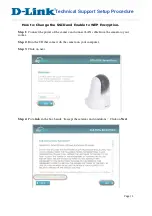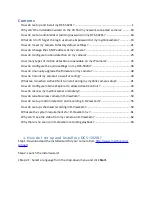
V1.02
Thom Hogan’s Complete Guide to the Nikon D300
Page 248
if you’re using a wide angle lens and are focused near infinity,
the camera thinks that you’re taking a landscape photo and
wouldn’t discount the sky exposure as much.
However, if you’re used to the way the D200 matrix meter
worked, for example, you may find that the D300 doesn’t
quite meter the same way. The integration of the autofocus
sensor information adds another twist into the complex
decision the matrix metering system applies, as it tries to
reconcile what you’re focusing on with what it thinks you
might be taking a picture of. Simply put, the Autofocus Area
Mode you select plays a part in how exposure is determined:
•
If you set Single Point Autofocus:
the matrix metering
system is highly subject to biasing the exposure towards
what’s underneath the selected autofocus sensor. If what’s
under that sensor is dark, exposure is increased; if what’s
under that sensor is bright, exposure is decreased.
•
If you set Dynamic Area Autofocus:
the matrix metering
system works more like the old D200 system, as it tends to
look at the pattern of sensors (9, 21, or 51 points) to
determine how much, if any, to bias the exposure.
•
If you set Auto Area Autofocus:
the metering system tends
to be biased against bright highlights, reducing exposure if
it sees areas of great brightness under
any
autofocus
sensor.
But we’re not done yet. The D300 matrix metering system
also relies on four other key data points:
1.
The overall brightness of the scene.
2.
The differences in light measured across the 1005-
pixel sensor data (i.e. the “patterns”).
3.
Distance and focal length information from the lens.
4.
The color (or colors) of the areas measured.














































